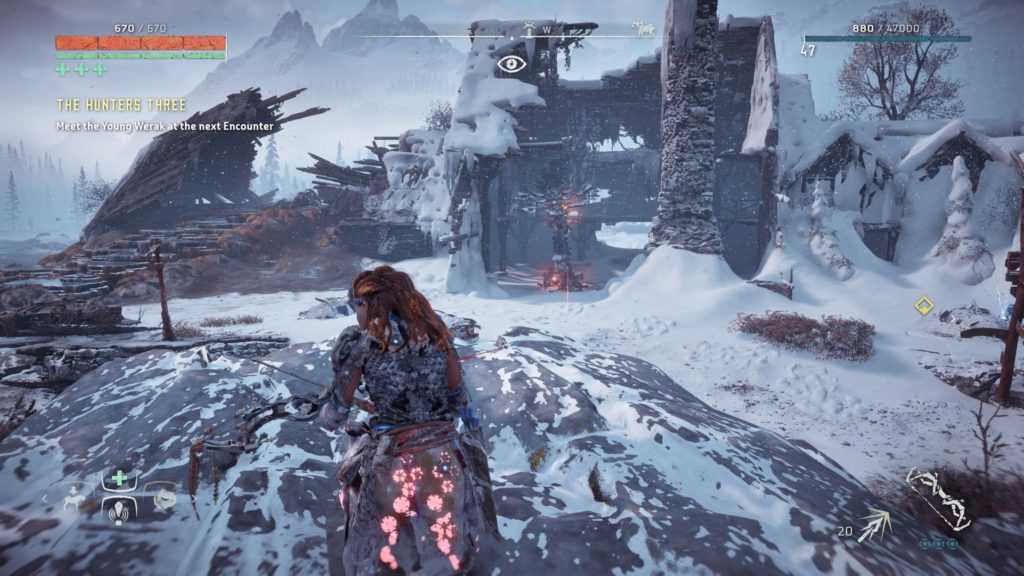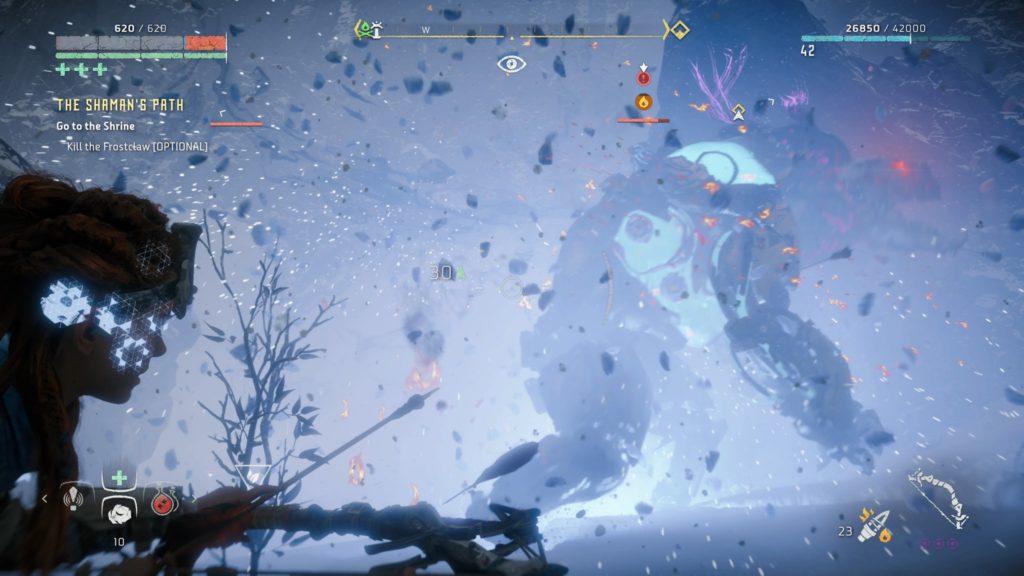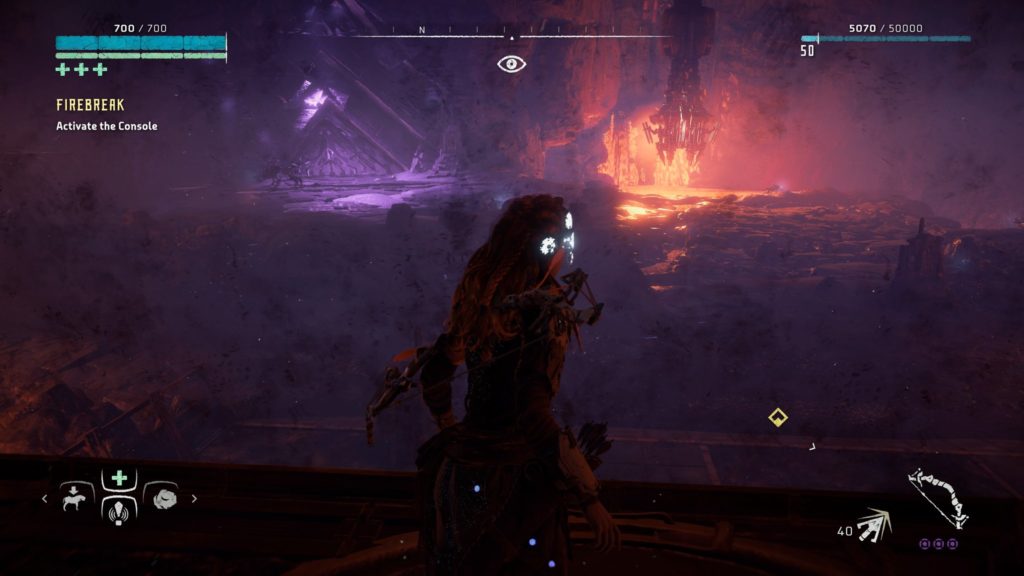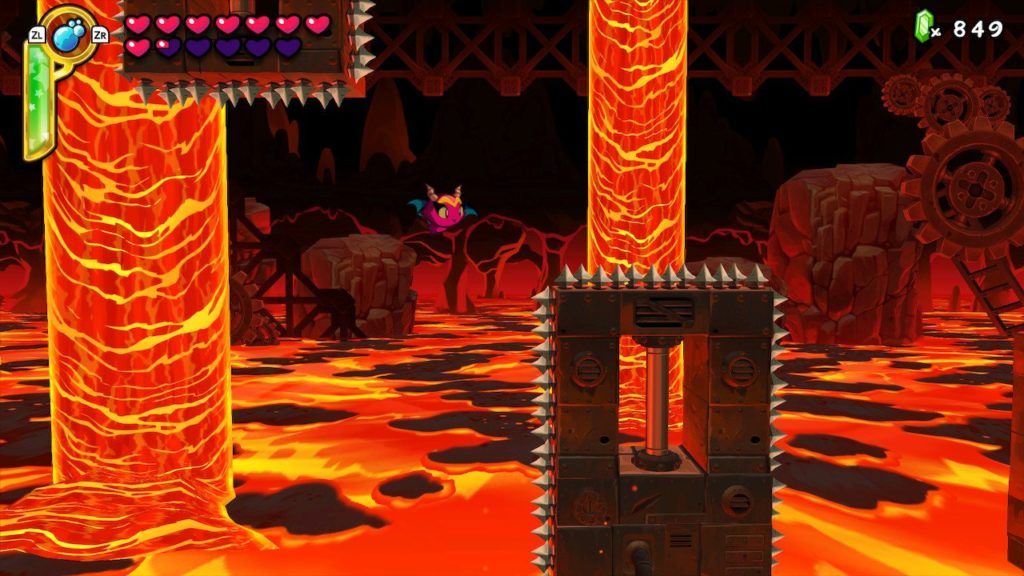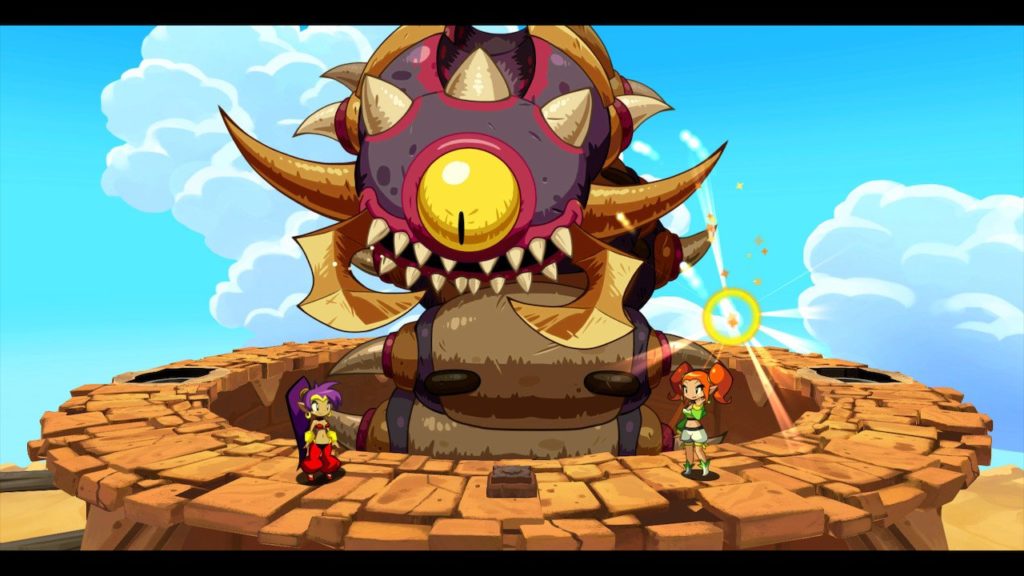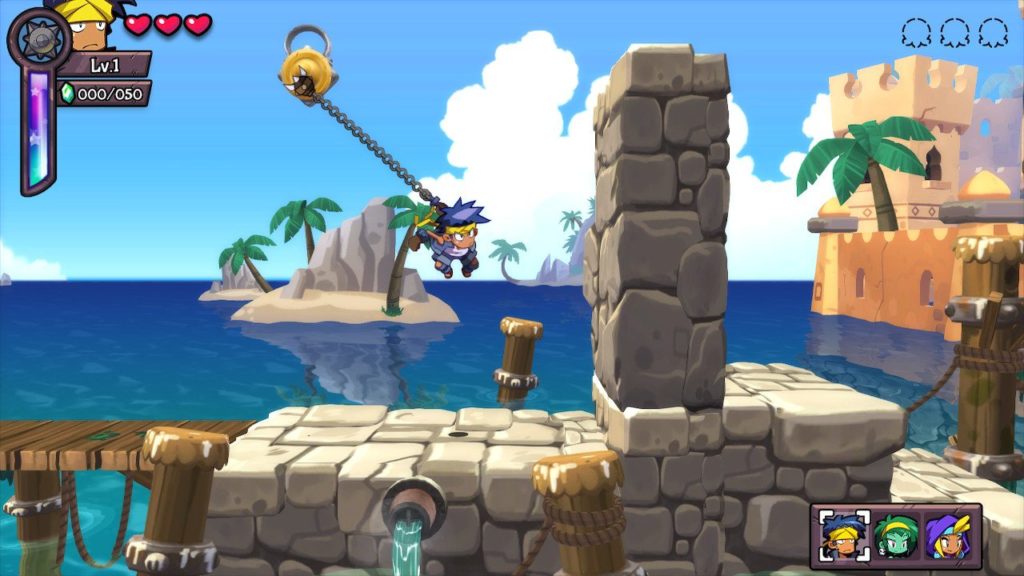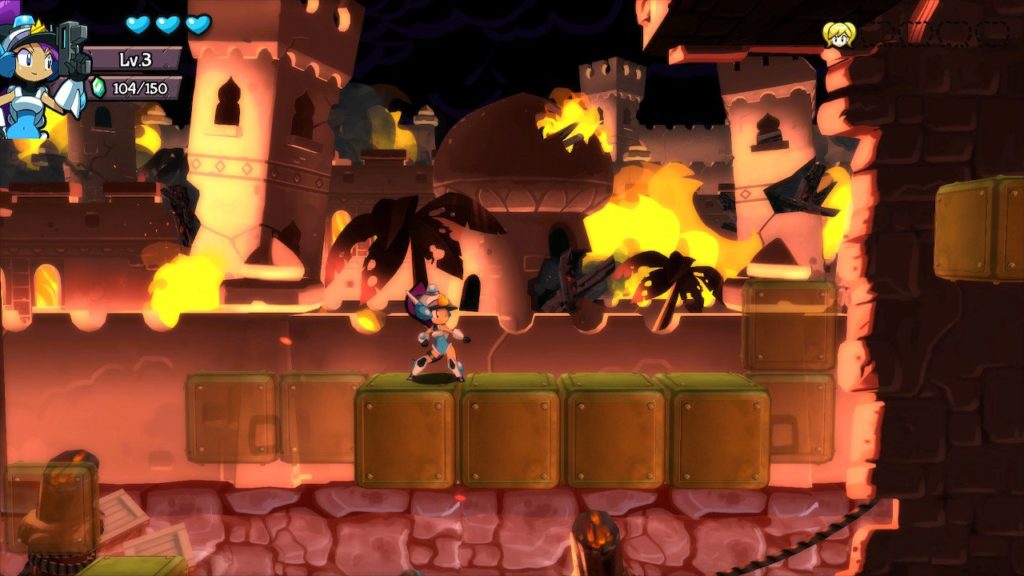- Genre: Action RPG
- Platform: PS4
- Also Available On: Windows, Xbox One
TL;DR
- Another great entry in the series that iterates on the new AC style established in Origins
- Stealth was still the most fun way to play, but both melee and bow combat were not detriments
- Ancient Greek environment is a lot of fun to run through, especially for history nerds
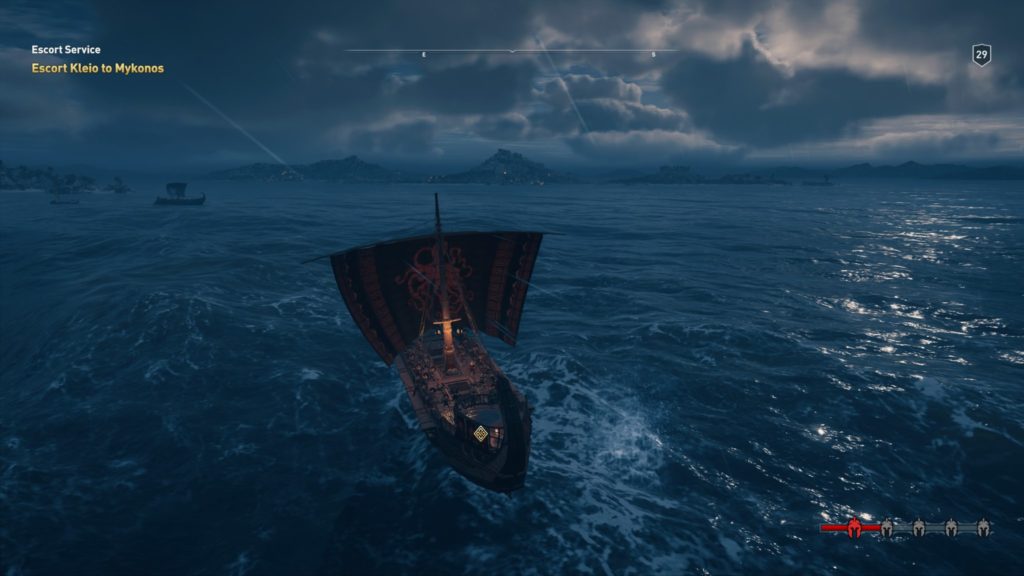
While it would be easy to look at this game and assume it’s simply a mashup of Origins and the sailing from Black Flag, there’s a lot more going on under the hood here. Where last year’s Origins explored the starting point of the assassins, this year’s Odyssey explores where some of the series artifacts come from. In doing so, the game leans way into the supernatural/alien elements that have been hinted at for so long in the series’ back story, and really give us a game that fans of Greek mythology can dig into.
The place to start really is to just point at my ramblings about Origins last year as it covers a lot of what I normally would have said about combat. That’s not to say that Odyssey is a straight copy, but really this is a solid iteration on the ideas from last year. What this does differently is brings back the large scale sailing of Black Flag and really leans into the RPG side of things through skill trees, even more emphasis on gearing, and a lot less hand holding if you decide to go with the developer’s recommended options.
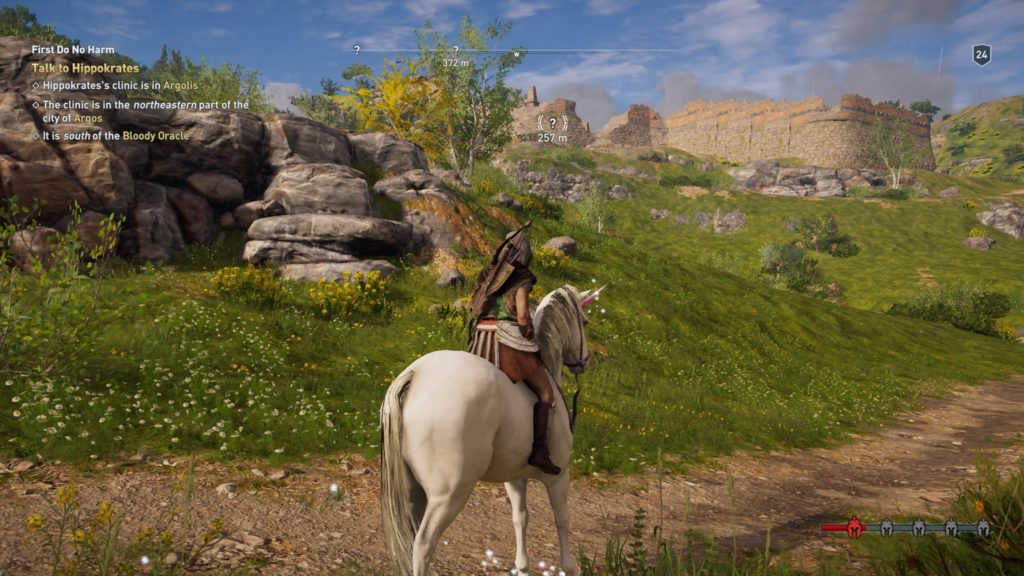
It’s going to sound weird that such a simple change drastically changes the game, but the default style of this game doesn’t really give you goal locations. Because of story reasons, you’ll often have a rough idea of where to, but if something isn’t in the dialog options presented to you, it’s often up to you to find the location. What this ends up doing is really encouraging the thing that Origins started; the push to simply explore. On your way towards a general area, you’ll run into any number of areas that can be cleared out of enemies and treasure, and it’s generally worth going through them. One of the systems that was added to this game to also encourage exploration is a series of hunts against the Cult of Kosmos, which is basically a precursor to the series’ templars.
These cult leaders are the driving force behind the game’s story, and a number of them simply show up as targets during the story. However, the rest have to be found. They might simply be leaders of the various cities. They may be out living on their own, taking care of a fort or a farm. They may also be mercenaries sent to try and kill you. However, behind all of it are clues that you can find by completing the small invasion areas; clues that lead you to the cultists location so you can take them out.
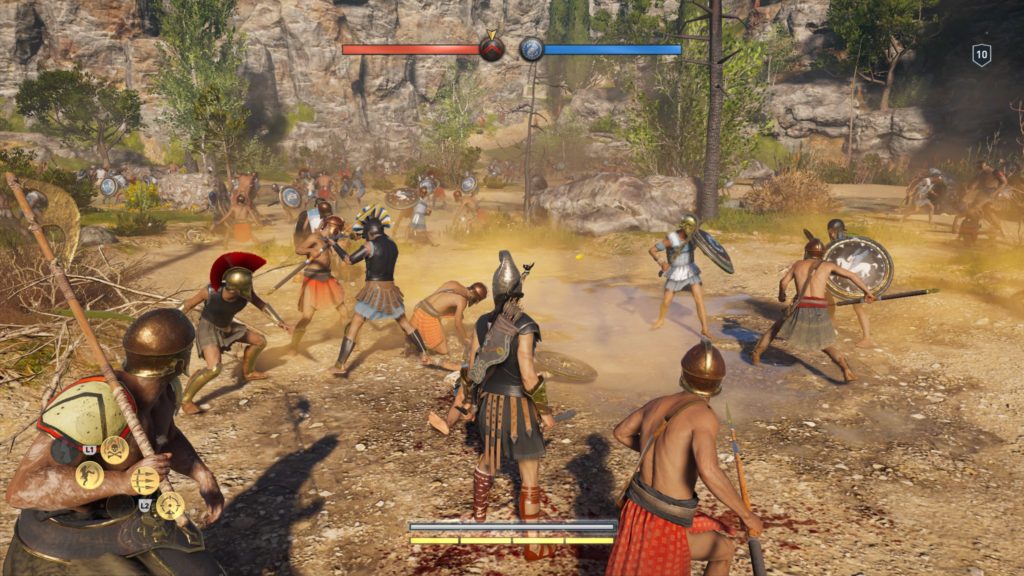
There’s also a large emphasis on war in this game, and you can generally get yourself directly involved in the battles. This game takes place a few decades after the events of the movie 300, and Athens and Sparta are nipping at each other’s heels. One of the consequences of you taking soldiers out is that the regions you’re in become weaker, exposing their leaders to be killed, and eventually the region for invasion. In doing so, you can open up battles like the above screenshot for extra rewards, as well as to potentially turn over the region to the opposite side. It’s a neat system that exists effectively as a distraction, but offers up something to do as a result of all the sneaking around you’re doing.
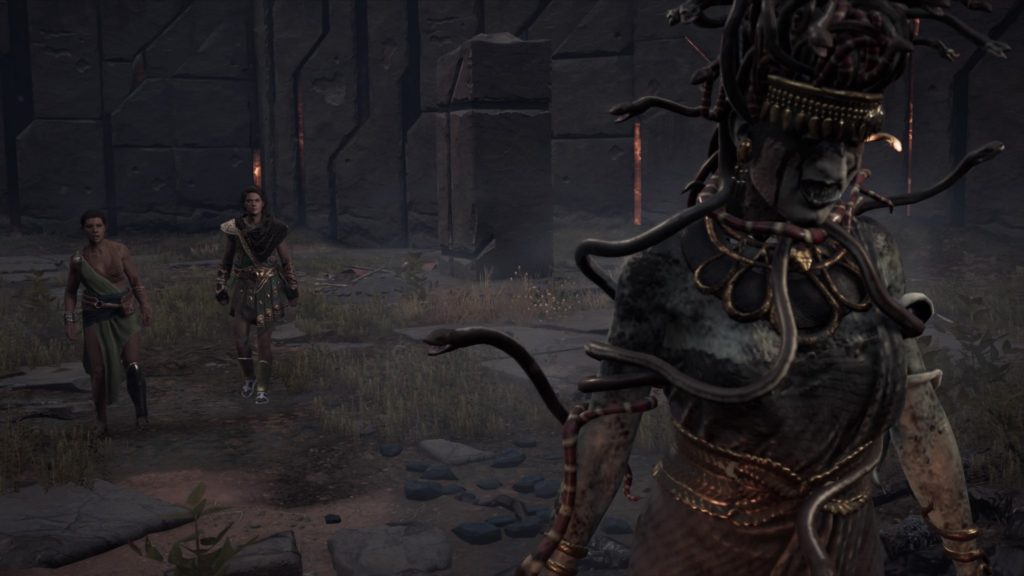
However, the lore behind the world is also a huge driving factor in exploring. There’s fights against creatures like Medusa or Theseus’ minotaur. There’s an entire segment of lore around the city of Atlantis and how it ties into the greater Assassin’s story. There’s also the historic locations to see like the Parthenon in Athens or the famous people you meet like Sokrates or Hippokrates. Basically, the entire game is a historian buff’s dream, and you’ll consistently be seeing things that you’d only ever seen in books.
All said, this is another great entry in the series. It takes everything that worked about Origins and iterates in great ways. The game has really leaned further into RPG territory than ever before, but it’s working out well for the series. The fact that I can sit here having played it for 80 hours and still want to do more is a testament to them having really perfected their formula. I guess I’m basically recommending this, especially if you liked Origins or Black Flag.
Also for what it’s worth, sync points are still great.
This is a good sync point.https://t.co/0oBdw2BpNL pic.twitter.com/XmCwf7o1EI
— Dan Weiss (@schenksmill) November 11, 2018


